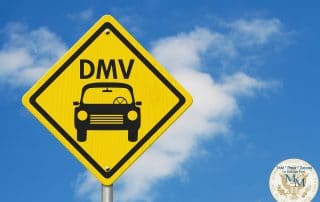What is No-Fault insurance?
What is No-Fault insurance? As a result of what the insurance lobby argued was excessive litigation arising out of motor vehicle accidents, the legislature in 1974 enacted the "New York Comprehensive Automobile Insurance Act" or, in layman's terms, "no-fault insurance". Every vehicle registered in New York State is required to have this type of coverage, which pays for "basic economic loss". The rationale is that if an accident victim's basic needs arising from an accident are met by his insurance carrier, the amount of litigation from these types of cases will decrease. You are entitled to these benefits regardless of who or what caused the accident (fn, drunk driving etc.). The typical no-fault policy includes up to $50K of [...]









